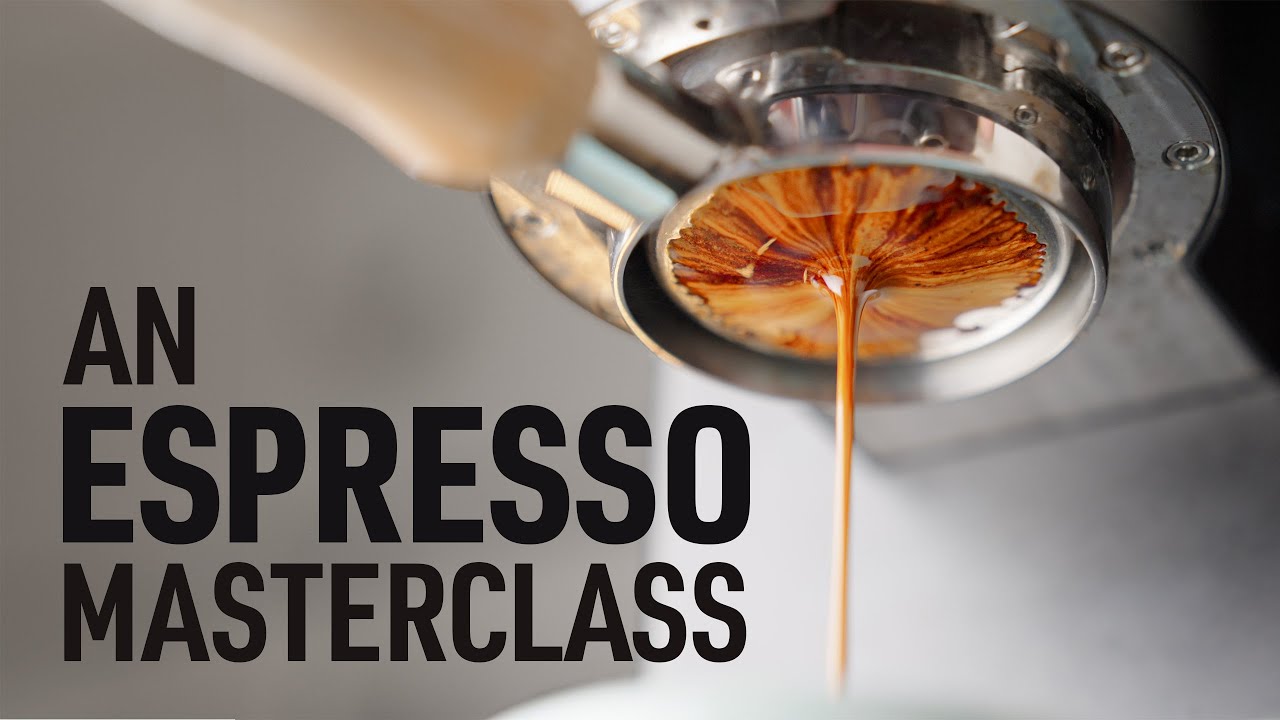Espresso can be a daunting endeavor, especially for beginners. However, with the proper knowledge and techniques, it is possible to brew the perfect shot consistently.
This guide aims to demystify the process, providing practical tips and insights to help you on your espresso journey.
Getting Started with Espresso: Overcoming Intimidation
Espresso may seem intimidating at first, with a steep learning curve that can leave many frustrated. However, with the right guidance, you can quickly learn to taste and evaluate your brews effectively, leading to a rewarding espresso journey.
To get started, it’s crucial to have a benchmark. Visiting your favorite cafes and trying their espresso can give you an idea of what you should aim for when brewing at home. Additionally, acquiring beans from these cafes can help you replicate their taste using the right techniques.
Understanding Coffee Beans
The first step in making great espresso involves understanding the beans you’ll be using. Specialty coffee beans, which are of higher quality, come with detailed information on the bag. This includes roast degree, roast date, and processing methods, all of which are essential for brewing the perfect shot.
When you receive a bag of specialty coffee, you’ll notice labels like medium, light, or dark roast. These terms can help guide your brewing process. However, it’s more effective to look at the beans, grind them, and perform a crush test to better understand their roast level.
Roast date is another critical piece of information. Freshness significantly affects the taste and extraction process. Light roasts need more time to degas, while dark roasts should be used sooner. If your coffee tastes bad or struggles to build pressure, it might be too old or too fresh.
The Influence of Processing Methods
Processing methods impact how easily the beans extract during brewing. Washed beans and natural beans from the same variety will behave differently during extraction.
Notably, modern coffee processing methods have become more complex, resulting in beans that require careful attention. For example, newer 700-day thermal shock double fermented coffees extract faster but need specific brewing strategies.
It’s a good idea to familiarize yourself with different processing methods and the respective effects on your brewing process.
Dialing in Espresso Shots: Key Variables
Espresso brewing involves controlling several key variables. These include dose, grind size, ratio, water temperature, flow, pressure, and brew time. Adjusting each of these can significantly impact the flavor of your shot.
The general rule for grind size is that the finer the grind, the slower the shot will flow, leading to more extraction. An experiment involving brewing the same coffee at different grind sizes can help illustrate how grind size affects taste.
Temperature also plays a crucial role. Light roasts generally require higher temperatures, while dark roasts do well at lower temperatures. If your espresso machine doesn’t offer precise temperature control, try temperature surfing by flushing the group head before brewing.
Making Adjustments: Troubleshooting Tips
Espresso brewing involves constant adjustments to achieve the perfect shot. If your shot runs quicker than usual, it could indicate an issue with your puck preparation or environmental factors. Conversely, if the shot takes longer, you may need to adjust the grind size or dose.
Brewing time is an indicator that helps troubleshoot problems. If your brew time changes without intentional adjustments, it’s time to investigate factors like bean freshness or grinder settings.
It’s essential to taste your espresso before making further adjustments. A shot that runs quickly might taste better, while one that runs slower could need some tweaks.
Perfecting Puck Preparation
Puck preparation is crucial. It involves the distribution and tamping of coffee grounds. Proper puck preparation ensures even extraction and reduces channeling.
Using tools like WDT for distribution can help level out the grounds, making tamping easier. The goal is to create a dense layer of coffee that can withstand the pressure without crumbling.
A good leveling tamper can ensure even tamping, preventing uneven water flow and improving shot consistency. However, a well-fitted regular tamper and practiced technique can also do the trick.
The Role of Water in Espresso Brewing
Water’s temperature and quality can dramatically affect your espresso. While higher temperatures suit light roasts, medium to dark roasts need lower settings. Use techniques like temperature surfing to manage heat better.
Pressure profiling and flow rate manipulation can further refine your shot. Although advanced pressure profiling requires specific equipment, starting with a consistent 9-bar pressure is advisable before experimenting.
Improving Your Tasting Skills
Conducting tasting exercises, like the salami shot method, can refine your palate. By tasting different stages of the espresso extraction, you’ll gain insight into how flavors evolve during brewing.
These exercises are beneficial in learning how to adjust brewing variables effectively. It’s a fun way to train your palate and an excellent exercise to complement your brewing skills.
Mastering espresso involves understanding various factors, from the beans’ characteristics to brewing techniques. With practice, you can consistently create great-tasting shots.
By experimenting with different variables and practicing your tasting skills, you’ll develop a deeper appreciation for the art of espresso making.
